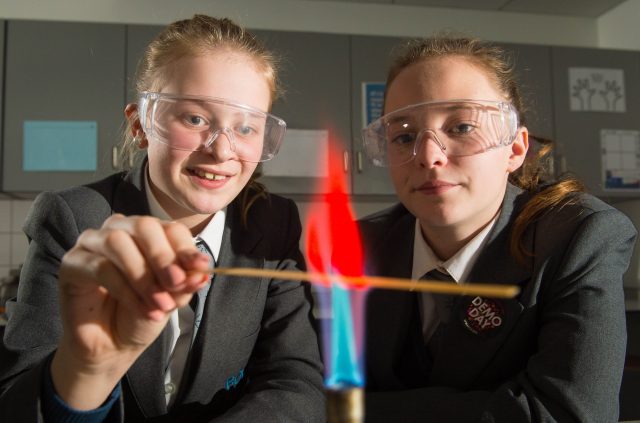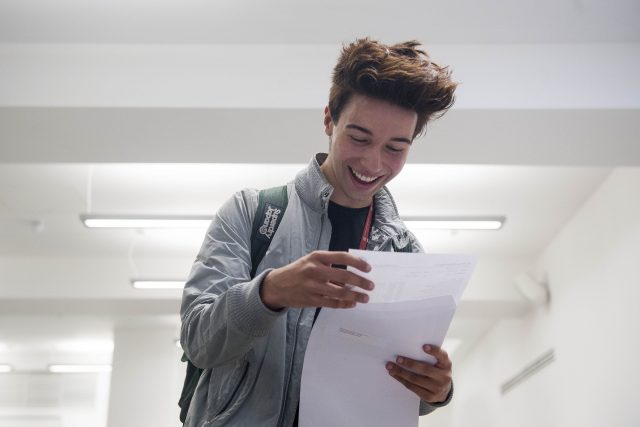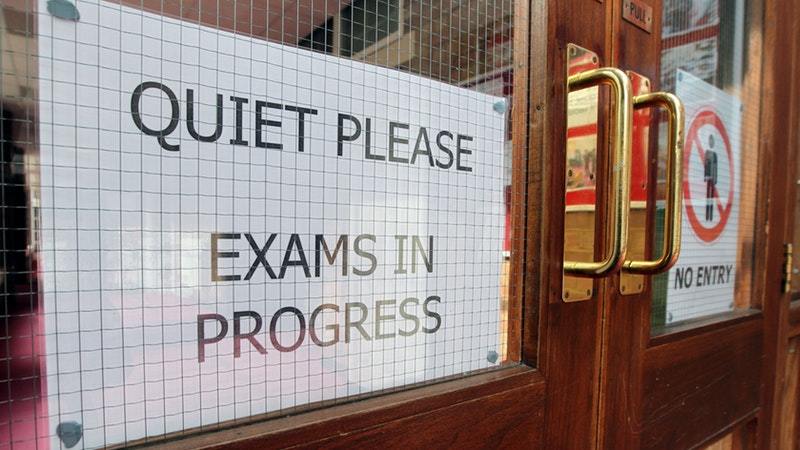Around one in eight sixth-formers scored at least a hat-trick of top grades in their A-levels this year, official figures show.
Boys outperformed their female classmates in terms of the highest marks, according to statistics published by the Department for Education (DfE).
But in general, girls’ exam entries scored a higher average point score.
The latest data shows that in this summer’s exams, 13% of students taking A-levels and applied A-levels – which are typically more vocational courses – achieved the equivalent of three A*-A grades, while over a fifth (21.8%) gained at least two As and a B.

This is similar to last year, when 12.9% got at least three A*-As and 21.6% were awarded AAB.
A breakdown shows that among those teenagers who only took A-levels, around one in six (16.6%) achieved at least two As and a B, of which at least two of their courses were in “facilitating” subjects – those subjects required most often by Russell Group universities, considered among the best institutions in the UK.
They include English literature, maths, physics, biology, chemistry, geography, history and languages.

The statistics also reveal a clear gender gap.
A higher proportion of female students were entered for A-levels and applied A-levels than male, and on average, girls’ A-level entries scored the equivalent of a C+, while boys’ entries scored the equivalent of a C grade.
But a bigger percentage of boys scored at least three A*-A grades (14.5%), compared with girls (11.8%).
It means that the gap between the sexes in top results has widened to 2.7 percentage points from 1.9 percentage points in 2016.

National figures for England, Wales and Northern Ireland published in August showed that more than one in four (26.3%) A-level entries scored an A* or A this summer, up 0.5 percentage points on 2016.
It is the first time the A*-A pass rate has risen since 2011.
The increase came amid major changes to the qualifications with a move away from coursework and modular exams in England, as well as the decoupling of AS-levels, making the courses more challenging for students.
The figures show an increase in the proportions of girls and boys studying maths and the sciences at A-level.

But boys are still around three times as likely to take further maths (6.9% compared with 2.3% of girls) and around four times as likely to study A-level physics (16.6% compared with 3.8%).
Professor Alan Smithers, director of the Centre for Education and Employment Research at Buckingham University, said: “Boys are doing better in terms of three A*-As and AAB. Girls are more likely to enter and more likely to get a pass.
“There are two things at work here. In the psychology of test-taking, the scores of girls tend to bunch more round the mean and boys do exceedingly well or very badly.
“The other thing is the combination of subjects that the genders take. Boys take maths and further maths, which tend to have a very high proportion of good grades, while girls are more likely to be studying arts subjects where marking is more subjective and there are fewer top grades.”
“Girls want to seriously consider those subjects and not be influenced by stereotypes, but they shouldn’t take them just to try and harvest top grades.
“They should study the subjects that appeal most to them.”






